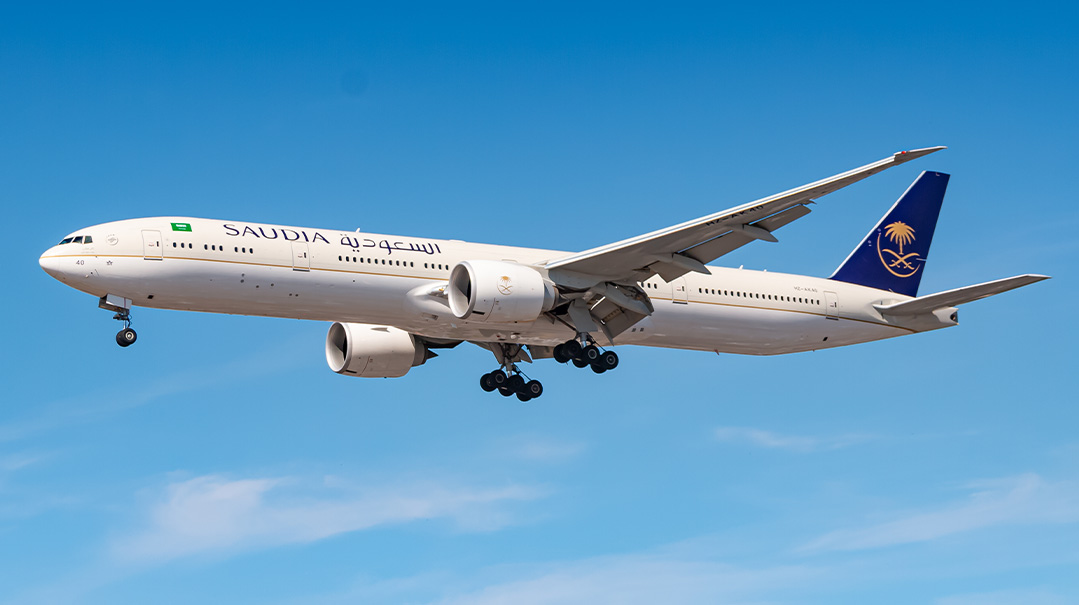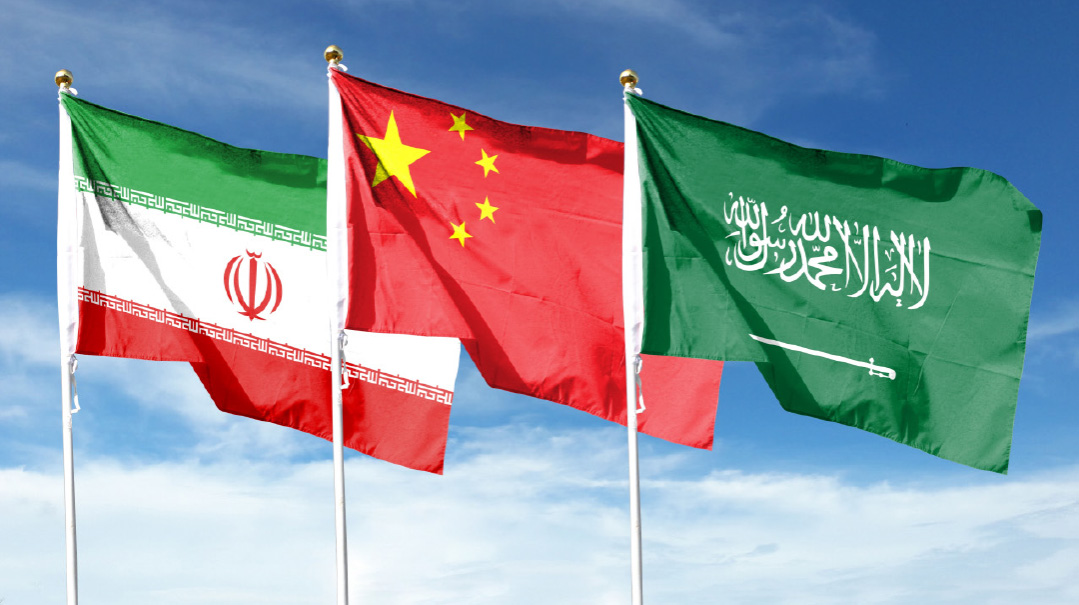Tit for Tat Over Trade


I
t’s no longer in the realm of speculation, nor is it a trial balloon that President Trump has launched to scare China into submission: the opening salvo of an all-out trade war was fired last Friday between Washington and Beijing, with each country imposing $34 billion in tariffs on a selection of goods.
What does Trump want?
The trade deficit between China and the United States rose to a record high of $375 billion in 2017 and, simply put, President Trump wants China to buy more US goods. He also has specific complaints against particular Chinese trade policies, like China requiring foreign companies to share their technological secrets. Some economists say the deficit rose to a record last year based on the strength of the US economy.
How will the trade war affect the average American?
Trump’s initial round of tariffs on 818 goods largely excludes consumer products and includes items like aircraft parts, heavy engineering equipment, and machinery.
China, in turn, levied tariffs on 545 US goods, targeting especially agricultural products like soybeans. Trump has promised another $16 billion in penalties in August — and China is sure to retaliate — but those additional tariffs are also likely to spare consumer goods.
What are the possible ramifications of a trade war?
Politically, the Chinese are hitting Trump where it hurts him most: in his electoral base. China’s initial round of levies included tariffs on soybeans, corn, fruit, nuts, and meat products. That’s bad news for farmers, and middle America, an important part of President Trump’s constituency. The White House has already announced that it will help farmers offset their losses.
Economically, one consequence of the trade war could be a hike in prices, as the higher cost of goods makes its way through the economic system. If the trade war escalates significantly, this could force the Federal Reserve to raise interest rates, a move that would affect everyone, first and foremost homebuyers. A return of inflation could also mean wage erosion and a loss of buying power. Needless to say, all of this could cause shock waves on Wall Street and weaken investor confidence.
Trump’s trade war with China is only one of his global tiffs. He’s also engaged in a trade war with Europe, Canada, and Mexico over the price of steel and aluminum and has already raised the specter of a further $500 billion in tariffs on Chinese goods if Beijing does not change its trade ways. Most economists believe this trade war will take months, if not years, to conclude. Trump has said that winning a trade war will be “easy.” Voters are liable to be the best judges of that.
Cost of Trade
The US has so far imposed tariffs on Chinese goods, including:
- Pumps and turbines — $4.3 billion
- Medical apparatuses — $4 billion
- Electronic equipment — $2.9 billion
- Electronic devices — $2.5 billion
- Machinery — $2.2 billion
The Chinese have imposed duties on:
- Soybeans — $13 billion
- Aircraft — $12.5 billion
- Machinery — $11.8 billion
- Fruit — $356 million
- Nuts — $318 million
(Data: CNBC)
According to Toyota, a 2018 Camry manufactured in the US that once cost $23,600, could now cost $1,800 more, due to import duties.
(Originally featured in Mishpacha, Issue 718)
Oops! We could not locate your form.













